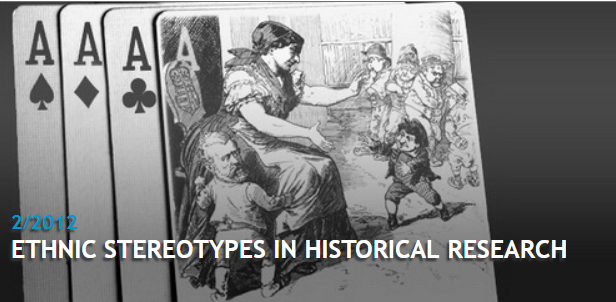Jazyková a etnická pluralita v stredovekom Prešporku/Bratislave – stredoveká realita alebo moderný obraz?
Language and Ethnic Plurality in Medieval Pressburg/Bratislava: Reality or a Modern Representation?
Author(s): Juraj ŠedivýSubject(s): Language studies, Ethnohistory, Middle Ages, Sociolinguistics, Cultural Anthropology / Ethnology, Identity of Collectives
Published by: SAV - Slovenská akadémia vied - Historický ústav SAV
Keywords: ethnicity; language; medieval city; Bratislava; Pressburg;
Summary/Abstract: Ethnic and linguistic plurality was typical for Bratislava inhabitants in the period between the two world wars. Was this plurality valid also for the inhabitants of medieval Pressburg? The majority of Slovak medievalists support the model of "gradual ethnic plurality"- at the beginning at Slovak extramural settlements Hungarian guard settlements started to be formed in the 10th century, in the 12th century German and Romance-speaking settlers came and the German speakers had Germanized emerging towns in Upper Hungary since the 13th century. The author attempted to present the term "ethnicity", which is difficult to define for the period of the Middle Ages, by analyzing a language of a speaker. The author outlined three basic methods of reverse "determining" of ethnicity: on the basis of (1) material culture (until the 12th century), (2) analysis of historical names (toponyms or personal names) and (3) explicit historical mentions. In the case of Bratislava there are very few explicit ethnical and linguistic references. There is not even any mention about linguistic and ethnic commotion, about a Slovak or a Hungarian church and not even about a preacher. The author has found, in tax registers, only indirect proofs of Czech and Hungarian-speaking inhabitants of Bratislava. They did not live next to each other but in various parts of the town. In the first tax registers names were Latinized, whereas at the end of the Middle Ages prevailing linguistic identities of speakers were respected and preserved. The usage of vernacular languages in Bratislava is supported by written records (a German language since the 1320s and a Czech language appeared a century later). In conclusion the author states that multilingualism was typical for central settlements, Bratislava being one of them. German was the dominant language used for communication by the inhabitants of Bratislava, regardless of one's prevailing mother tongue and identity.
Journal: Forum Historiae. Časopis a portál pre históriu a príbuzné spoločenské vedy
- Issue Year: 6/2012
- Issue No: 2
- Page Range: 15-32
- Page Count: 18
- Language: Slovak

